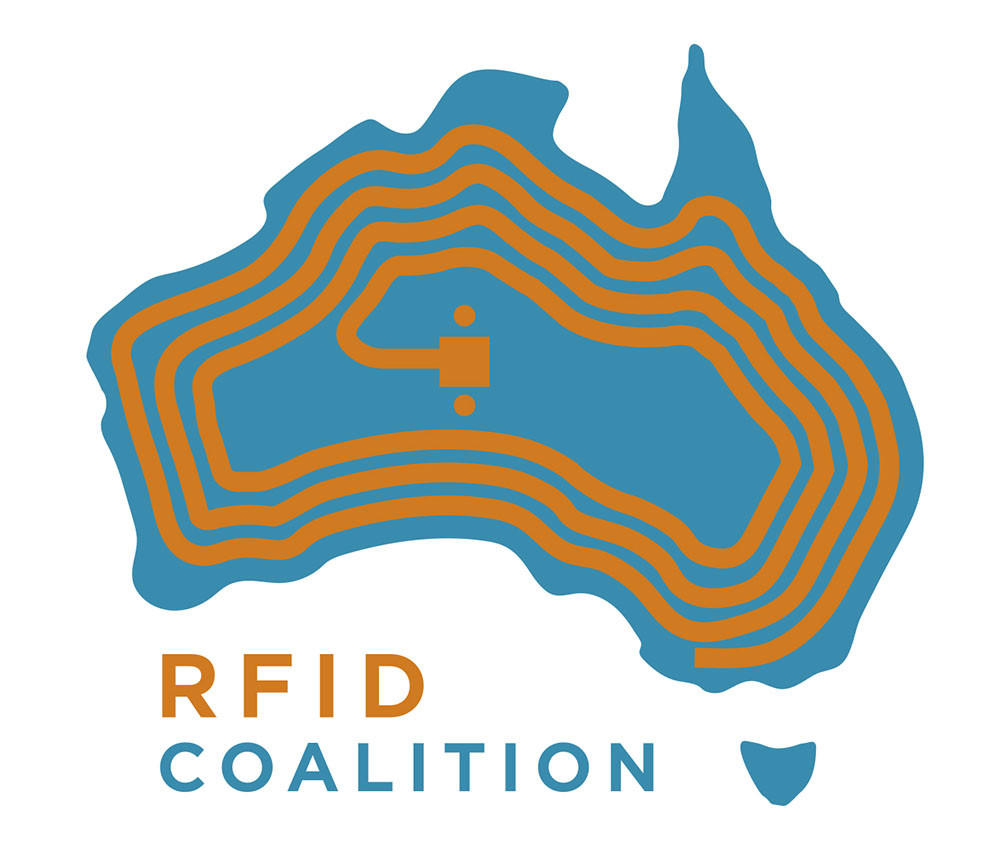RFID tech gets serious in Australia with new Coalition examining the benefits

The technology has been around since WWII but only recently has RFID re-emerged as one of retail’s key tech tools in the ongoing push to be more efficient, more impervious to loss, and more cognisant of the consumer experience.
In fact market research indicates the retail sector will become the biggest user of RFID technology in the next few years, with its spend increasing from five per cent of total global RFID spend in 2015 to 27 per cent in 2024.
Now, a group of like-minded retailers, brands, solution providers and trade associations have joined forces to bring the benefits of RFID technology to the Australian retail sector.
Established by barcode standards overseer GS1 Australia, the group is known as the RFID Coalition and some of the biggest names of the shopping sphere have swiftly joined its ranks.
Here’s an insight into the RFID Coalition, what they hope to accomplish in Australia, and why every retailer should sit up and take note of where this technology is headed.
An RFID refresher
First utilised in the 1940s, RFID stands for Radio Frequency Identification. It attracted a wealth of attention in the 1990s as the next big thing for retail but despite some high hopes and big name backing, it failed to take off.
Recent years have seen RFID in the headlines again as animal microchipping, passport providers and even tollways use it to tag and track items.
RFID in retail
In retail, RFID offers a wealth of benefits including loss prevention, inventory tracking and automatic ordering.
PWC’s Digital Pulse offers an insight into how it works, noting it takes the form of an RFID tag.
“Similar to a barcode, the chip contained within an RFID tag can record and store data (such as a serial number, product information and price of purchase record) with the tag then attached to objects (single items, cases, pallets or containers).
“However, unlike barcodes, RFID readers wirelessly send and receive radio frequency data to and from the tags via antennae, delivering automatic and contactless identification and tracking of tags attached to objects.
“RFID tags can also be read from greater distances and at a faster rate than barcodes, are capable of carrying larger volumes of data, are reusable and sturdier.”
They further explain there are three key drivers for the technology gaining popularity:
The need for real-time, 100% accurate stock visibility to meet the demands of the connected customer.
Improvement in the RFID solution and supporting business technology.
Benefits demonstrated by early adopters.
The RFID Coalition
Featuring some of the biggest names in the retail business, the RFID Coalition was launched in Australia two years ago by not-for-profit barcode standards overseer GS1 Australia.
Its aim is to share projects, experiences, solutions and case studies in a bid to understand how the technology can be applied for the greatest benefit.
The Coalition’s initial areas of interest include loss prevention, improved customer experience, inventory control, reduced labour costs and improved point-of-sale checkout.
“These are benefits currently being enjoyed by many international retailers such as Zara, Uniqlo and Lululemon and the aim of the RFID Coalition is to support local companies adopt the technology here in Australia,” they note.
Australian retailers taking part in the group include Myer, Country Road Group, Puma, Nike, Camilla, Spotlight Retail Group, Target, Super Retail Group, and more.
“Some time ago, GS1 worked with global RFID tag manufacturers, as well as software and hardware vendors, to create a suite of RFID related standards, including the Gen2 UHF EPC tag,” said Sean Sloan, Manager Business Development and Partnerships for GS1 Australia.
“This standardised tag coding and reading across the sector, helped decrease costs and opened up closed loop supply chains.
“Although Australia is adopting at a slower pace, the level of activity is increasing significantly, and we believe this group can pave the way for a greater understanding of the benefits and faster adoption of the technology. With access to global retailers and case studies, the ability to find value across the entire value chain is now clearer than ever.
“The best way to achieve this is through an industry wide approach. With an industry approach, suppliers can be confident they are investing in the right technologies for all their customers.”
Vitag joins the fold
As a GS1 Alliance Partner, Vitag will be able to take part in the RFID Coalition, specifically examining and reporting the benefits the technology brings to the loss prevention sphere.
Already, Vitag has experience in the implementation of RFID having orchestrated the rollout and installation of RFID in Australia for both multi-national and local retailers.
Vitag managing director Greg Raubenheimer noted key benefits of RFID include real-time inventory tracking, along with the ability to integrate RFID into many common electronic article surveillance systems.
“The ability of RFID to carry such detailed information allows it to be used for a host of purposes that improve store efficiency and also the consumer experience, such as stock tracking, inventory accuracy and unique item identification.
“It offers the potential to be a win-win for retailers, reducing their stock loss while improving the service they offer their customer.”
You can read more about RFID and its benefits to retail here.